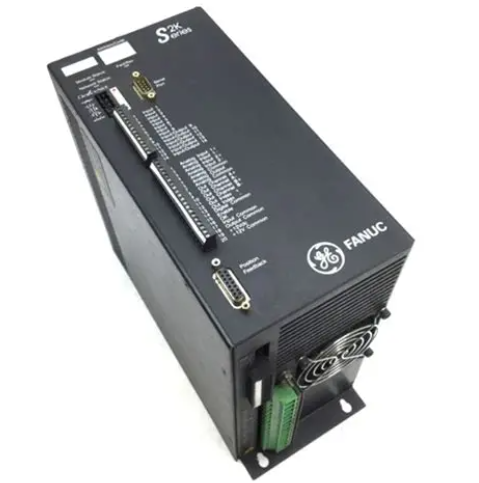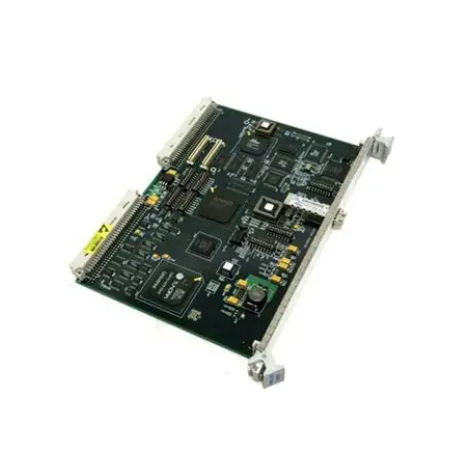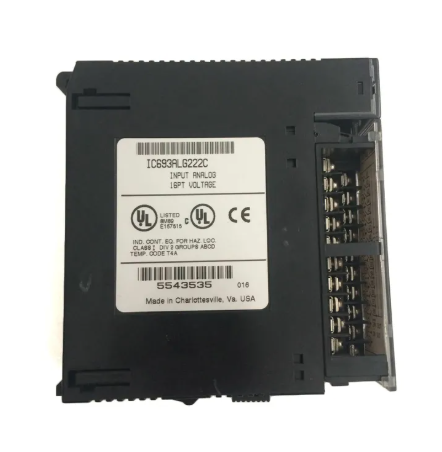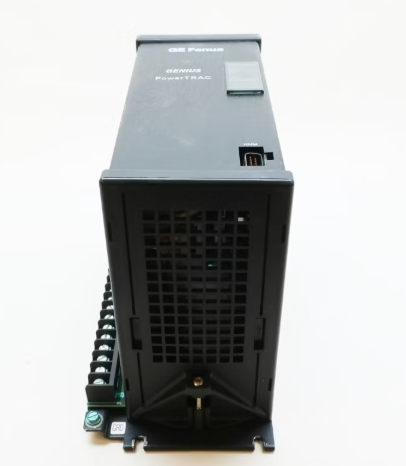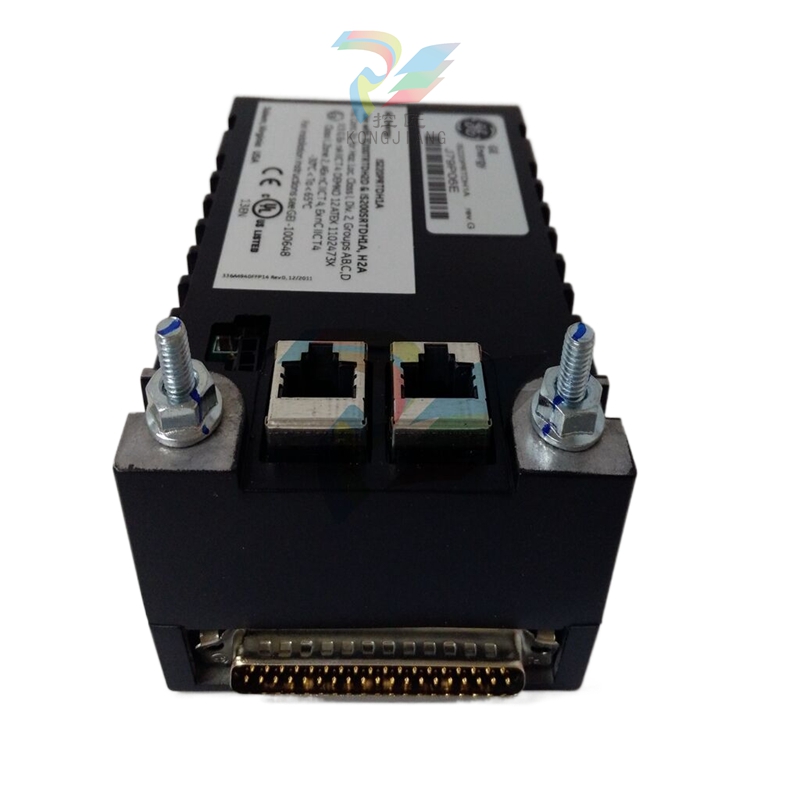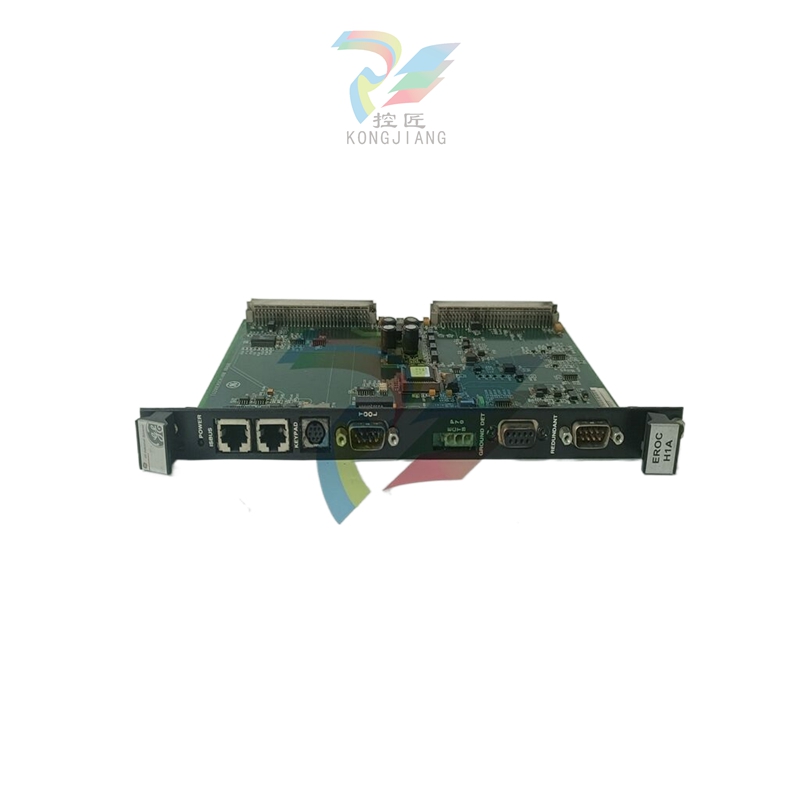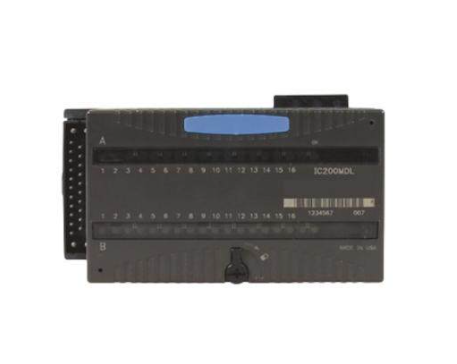General technology for hydrogen production from biomass
(1) Gasification and reforming
Biomass is considered to be one of the most abundant and renewable hydrogen production resources. Biomass gasification is a good process for hydrogen production. The dried raw material is pyrolyzed, then the intermediate product is burned, and then the subsequent compound is gasification. This process is carried out in a reactor called a gasifier, which operates at a higher temperature (700 to 1400 ° C) in the presence of a medium such as air, O2, vapor (H2O), or CO2. Unlike combustion, ideal pyrolysis and gasification processes convert the chemical energy of organic materials into a mixture of gases, organic liquid molecules, and solid coke. These methods are considered advantageous for future hydrogen or syngas production from biomass, which can meet environmental emission requirements and achieve cost effectiveness. Gasification of biomass in water vapor, air or oxygen media can produce gas mixtures of different hydrogen concentrations. Among them, water vapor gasification produces a higher hydrogen concentration than air gasification or oxygen gasification, and the resulting gas has a better calorific value. In a high thermal environment, biomass will undergo partial oxidation, steam reforming reaction or both reactions, resulting in syngas and solid coke. The resulting solid coke can be further reacted to hydrogen, carbon oxide and methane. The whole reaction process of biomass gasification is as follows:
In the first step of the gasification reaction, the thermal degradation of biomass produces crude syngas containing lighter volatiles. Further reaction and gasification efficiency depends on the gasification medium and process parameters. The product of biomass gasification is mainly a gas component, so this method is more suitable for producing hydrogen than pyrolysis. Effective biomass gasification relies on the development of low-cost feedstock, improved method efficiency, reduced installation and operating costs, and reduced environmental impact.

Tar formation during biomass gasification is a major concern as it poses operational problems and reduces the quality of the gas produced. Tar is a viscous liquid composed mainly of high-end aromatic hydrocarbons and heavy metals. High temperature cracking, steam reforming and partial oxidation can reduce tar production and improve the quality of the final product. In order to improve hydrogen production technology, several recent reports have investigated hydrogen conversion using different types of biomass, different experimental devices, and different catalytic pathways. The use of catalysts is very important, which can improve productivity and hydrogen production by facilitating the cleavage of C-O and C-C bonds. In addition to catalysts based on the metals nickel (Ni), zinc (Zn), platinum (Pt) and Ruthenium (Ru), different catalysts including alkali metals [mainly potassium (K) and sodium (Na)], zeolite, dolomite [CaMg(CO3)2] and limestone have been successfully used for hydrogen production by electrolysis of water as well as gasification and pyrolysis of biomass. Alkali metal catalysts, such as Na, K and Ca, can increase hydrogen production during biomass gasification.
In addition, alkali metal catalysts and nickel-based catalysts increase the conversion of solid coke and prevent tar formation by promoting reforming reactions during biomass gasification. Alkali metal oxide, dolomite and nickel based catalysts have good effect on gasification because of their ability to promote reforming reaction. For example, the use of dolomite catalysts in biomass gasification can reduce tar production, while zeolite can effectively improve solid coke gasification. Nickel-based catalysts are considered to be the best catalysts for reforming reactions in industrial applications of biomass gasification. More efficient green catalysts need to be designed in the future to increase hydrogen production while minimizing the production of solid coke and tar residues.
(2) Microorganism Law
Thermal-chemical method in biomass hydrogen production not only has high design cost, but also requires high temperature and pressure. Compared with thermal-chemical method, microbial method has many advantages in biomass conversion to produce hydrogen. The main advantages are that the microbial method does not produce greenhouse gases and can use biomass waste as feedstock. Therefore, as a prospective biomass hydrogen production technology, microbial method has great potential.
Biomass microbial conversion to hydrogen production can be accomplished through photosynthesis and fermentation. Fermentation can be divided into dark fermentation and light fermentation, while photosynthesis includes direct and indirect photolysis. In fermentation hydrogen production, a variety of bacterial enzyme systems can convert organic substrates into biohydrogen. Under anaerobic conditions, hydrogenases degrade organic matter and transfer electrons to protons to produce hydrogen, a process known as dark fermentation. Conversely, light is required for the photofermentation process, similar to the production of hydrogen through photosynthesis. Similar to dark fermentation, which usually produces hydrogen from carbohydrate-rich biomass at 30-80 ° C, light fermentation can produce hydrogen from aqueous environments at room temperature and atmospheric pressure.
- EMERSON
- Honeywell
- CTI
- Rolls-Royce
- General Electric
- Woodward
- Yaskawa
- xYCOM
- Motorola
- Siemens
- Rockwell
- ABB
- B&R
- HIMA
- Construction site
- electricity
- Automobile market
- PLC
- DCS
- Motor drivers
- VSD
- Implications
- cement
- CO2
- CEM
- methane
- Artificial intelligence
- Titanic
- Solar energy
- Hydrogen fuel cell
- Hydrogen and fuel cells
- Hydrogen and oxygen fuel cells
- tyre
- Chemical fiber
- dynamo
- corpuscle
- Pulp and paper
- printing
- fossil
- FANUC
- Food and beverage
- Life science
- Sewage treatment
- Personal care
- electricity
- boats
- infrastructure
- Automobile industry
- metallurgy
- Nuclear power generation
- Geothermal power generation
- Water and wastewater
- Infrastructure construction
- Mine hazard
- steel
- papermaking
- Natural gas industry
- Infrastructure construction
- Power and energy
- Rubber and plastic
- Renewable energy
- pharmacy
- mining
- Plastic industry
- Schneider
- Kongsberg
- NI
- Wind energy
- International petroleum
- International new energy network
- gas
- WATLOW
- ProSoft
- SEW
- wind
- ADVANCED
- Reliance
- YOKOGAWA
- TRICONEX
- FOXBORO
- METSO
- MAN
- Advantest
- ADVANCED
- ALSTOM
- Control Wave
- AB
- AMAT
- STUDER
- KONGSBERG
- MOTOROLA
- DANAHER MOTION
- Bently
- Galil
- EATON
- MOLEX
- Triconex
- DEIF
- B&W
- ZYGO
- Aerotech
- DANFOSS
- KOLLMORGEN
- Beijer
- Endress+Hauser
- MOOG
- KB
- Moxa
- Rexroth
- YAMAHA
- Johnson
- Westinghouse
- WAGO
- TOSHIBA
- TEKTRONIX


Email:wang@kongjiangauto.com

















































































































